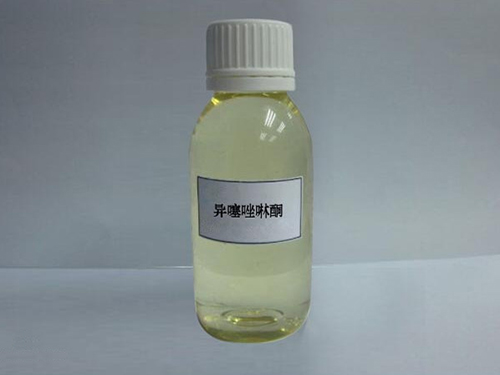coagulation and flocculation
Coagulation and Flocculation Essential Processes for Water Treatment
Water treatment is a crucial process in ensuring the availability of clean and safe drinking water. Among the various techniques employed, coagulation and flocculation play pivotal roles. These processes aid in the removal of suspended particles, colloids, and microorganisms from water, thus improving its quality for human consumption and environmental discharge.
Coagulation Explained
Coagulation is the initial stage of the treatment process, where chemical agents, known as coagulants, are added to water. The most common coagulants include aluminum sulfate (alum), ferric chloride, and polyaluminum chloride. When these chemicals are introduced into the water, they neutralize the charges of particles that are suspended within it. Most of these particles, including silt, clay, and organic matter, carry negative charges that repel one another, preventing them from coming together. By adding a positively charged coagulant, the forces of attraction start to take over, allowing the negatively charged particles to aggregate.
The effectiveness of coagulation depends on various factors such as pH, temperature, and the nature of the particles in the water. Typically, optimal pH levels for coagulation range between 6 and 8. When the pH is too high or too low, the coagulant may not function effectively, resulting in poor removal of suspended particles.
Flocculation The Follow-Up Stage
Following coagulation, flocculation is the next vital step in the water treatment process. This procedure involves the gentle mixing of the water to encourage the formation of larger aggregates, known as flocs. During flocculation, the destabilized particles collide and clump together due to the slow agitation. This process typically occurs in flocculation tanks, where water is mixed using mechanical or hydraulic means.
coagulation and flocculation

The aim of flocculation is to build larger flocs that can be separated from the water more readily during subsequent processes such as sedimentation or filtration. The size of the flocs is crucial; they must be large enough to settle out of the water column but not so large that they break apart during the mixing process.
Sedimentation and Filtration
Once flocs are formed, the next step is sedimentation, where the larger aggregates settle to the bottom of the treatment basin due to gravity. This process allows for a significant reduction in turbidity as the bulk of the solid contaminants are removed. After sedimentation, the clarified water is usually subjected to further filtration, which involves passing the water through sand, gravel, or other filtration media to capture any remaining particles.
Applications and Importance
Coagulation and flocculation are fundamental not only in drinking water treatment but also in a variety of industrial applications, such as wastewater treatment, food processing, and the paper industry. Efficient removal of suspended solids contributes to enhanced water quality and reduces the risk of disease transmission associated with waterborne pathogens.
In conclusion, coagulation and flocculation are essential operations in water treatment processes, significantly improving the clarity and safety of water. Understanding the chemistry and mechanics behind these processes can lead to more effective treatment strategies, ultimately safeguarding public health and environmental sustainability. As global water challenges grow, the importance of these techniques will continue to be paramount in ensuring access to clean water for all.
-
Water Treatment with Flocculant Water TreatmentNewsJun.12,2025
-
Polymaleic AnhydrideNewsJun.12,2025
-
Polyaspartic AcidNewsJun.12,2025
-
Enhance Industrial Processes with IsothiazolinonesNewsJun.12,2025
-
Enhance Industrial Processes with PBTCA SolutionsNewsJun.12,2025
-
Dodecyldimethylbenzylammonium Chloride SolutionsNewsJun.12,2025





